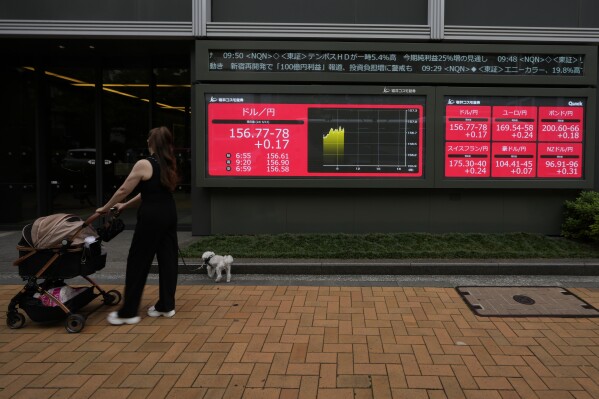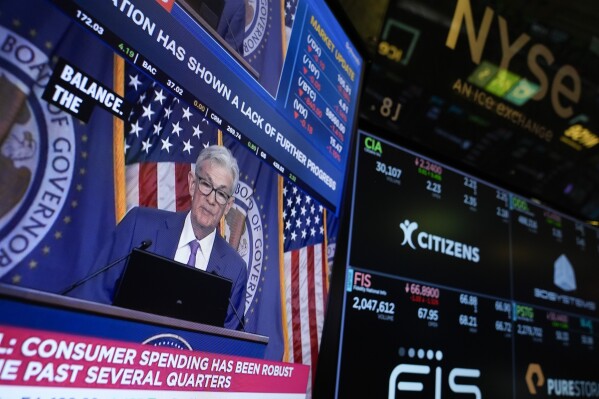US wholesale prices dropped in May, adding to evidence that inflation pressures are cooling
WASHINGTON (AP) — Wholesale price increases fell in May, the latest sign that inflation pressures in the United States may be easing as the Federal Reserve considers a timetable for cutting interest rates.
The Labor Department reported Thursday that its producer price index — which tracks inflation before it reaches consumers — declined 0.2% from April to May after rising 0.5% the month before, pulled down by a 7.1% drop in gasoline prices. Overall, it was the biggest drop in producer prices since October.
Measured from a year earlier, wholesale prices were up 2.2% last month, edging down from a 2.3% increase in April. Excluding volatile food and energy prices, so-called core producer prices were unchanged from April and up 2.3% from May 2023.
Wholesale food prices dropped 0.1% from April to May. Egg prices dropped 35%. Computer and computer equipment fell 1.2%, and household appliance prices slid 0.5%.
The producer price index can provide an early read on where consumer inflation is headed. Economists also watch it because some of its components, including some healthcare and financial services costs, are used to compile the Fed’s preferred inflation gauge, known as the personal consumption expenditures price index.



The wholesale figures were released a day after the Labor Department reported that consumer inflation eased in May for a second straight month. Core consumer prices rose 0.2% from April to May, the smallest increase since October. And compared with May 2023, core prices rose 3.4%, the mildest such increase in three years.
Consumer inflation peaked at 9.1% two years ago but came down as the Fed raised its benchmark interest rate 11 times in 2022 and 2023, taking it to a 23-year high. Still, it continues to run above the Fed’s 2% target.
Yet combined with Wednesday’s milder consumer inflation report, Thursday’s wholesale data offered an encouraging sign that an acceleration of prices that occurred early this year may have passed.
After ending its latest policy meeting Wednesday, the Fed said it was leaving its benchmark rate unchanged and that it expects to make only one rate cut this year, down from its previous forecast of three cuts in 2024.
Even as inflation moderates, such necessities as groceries, rent and health care are much pricier than they were three years ago — a continuing source of public discontent and a political threat to President Joe Biden’s re-election bid.
Yet despite the lingering inflation pressures and higher borrowing costs, the U.S. economy remains resilient . Businesses are hiring. Unemployment remains low, giving Americans unusual job security. The World Bank just upgraded its forecast for U.S. economic growth this year to 2.5% from 1.6% — a markup so big that it lifted the bank’s outlook for the entire global economy.
Disclaimer: The copyright of this article belongs to the original author. Reposting this article is solely for the purpose of information dissemination and does not constitute any investment advice. If there is any infringement, please contact us immediately. We will make corrections or deletions as necessary. Thank you.





